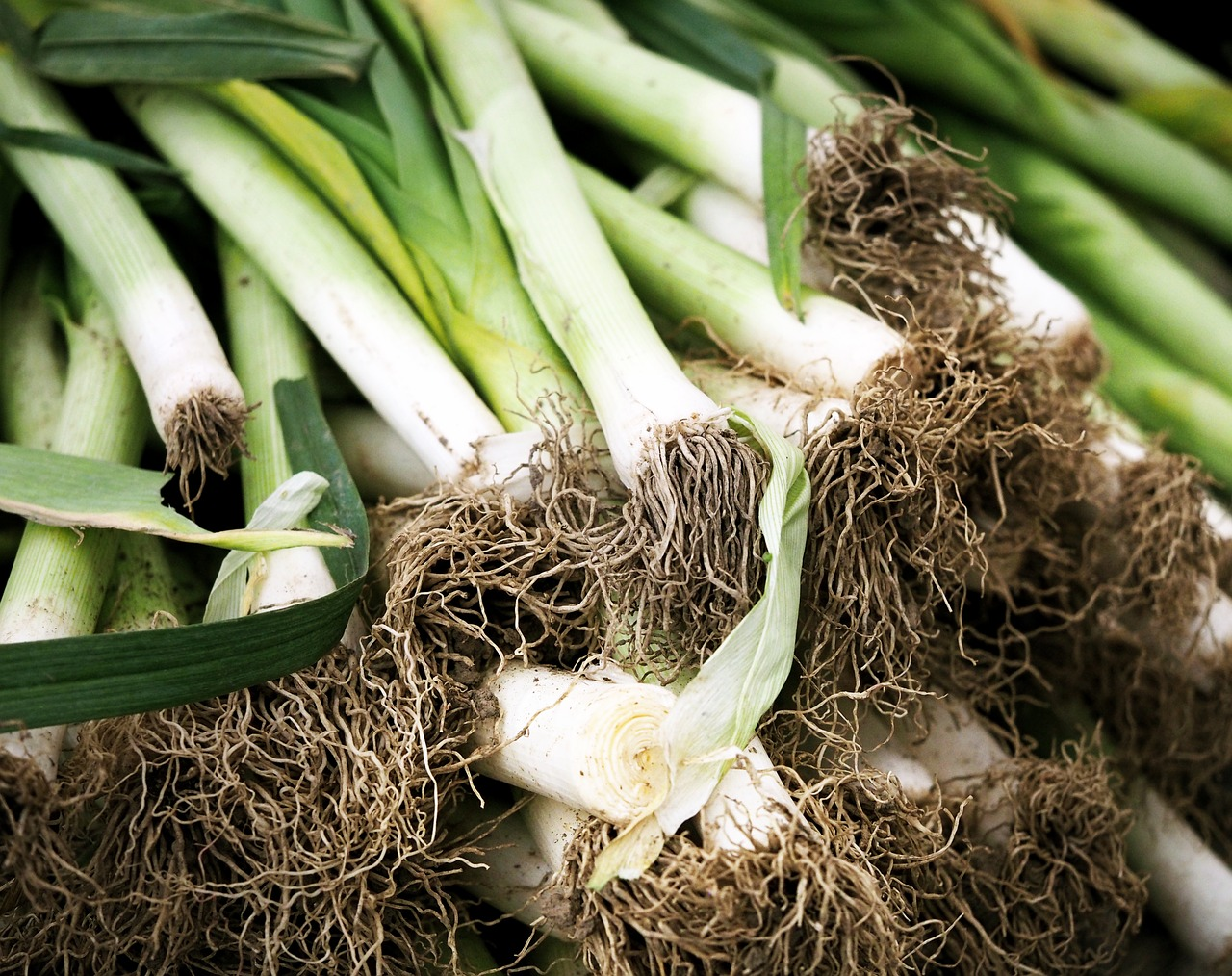
Planting, Caring for and Harvesting Leeks
We give you helpful tips on growing leeks. You can find out what you need to know about sowing, care and harvesting here. We also explain how you can obtain your own leek plant seeds.
This Article Contains:
- Growing Leeks: What You Need to Know
- Varieties: Summer Leeks, Fall Leeks, Winter Leeks
- Sowing Leeks: Propagation or Direct Sowing
- Planting Leeks: That’s How It Works
- Good and Bad Companion Plants
- Fertilize and Care for Leeks Correctly
- Harvesting Leeks Correctly
- Diseases of Leeks
- Propagating Leeks: Obtaining Your Own Seeds
- Frequently Asked Questions About Planting Leeks
Quick Overview
Sowing and Planting Leeks: An Overview
- Light: also copes well with shady beds
- Water: high water requirement, keep evenly moist
- Temperature: it is worth bringing them forward, as they can only start to shoot if the temperature falls below 17 °C/62,6 °F for longer!
- Nutrients: fertilize with compost and mature manure, additional watering with diluted nettle slurry promotes growth
- Soil: rich in humus and deep, avoid stagnant water!
- Planting distance: 30 cm/11,8 in
- Planting depth: 0.5 - 1 cm /0,2 - 0,4 in
- Harvest: after 5 - 8 months!
Growing Leeks: What You Need to Know
Leeks (Allium porrum), also known as leeks, belong, like onions, to the Amaryllis family (Amaryllidaceae). The leek is actually a biennial plant. Through breeding, the emphasis was placed on foliage growth, so that no bulb is formed at all. Today's leek is a cultivated form of the field leek and originally comes from the Mediterranean region. It was already being cultivated in Egypt and Mesopotamia around 2000 BC and probably only reached Central Europe in the Middle Ages. Leeks have been highly valued here ever since and are also used medicinally due to their essential oils.
The Right Location and Soil
Leeks will grow almost anywhere, whether in a shady or sunny spot. However, it does not like stagnant water at all, which is why sandy soils can be an advantage. A layer of mulch keeps the humus content of the soil high.
Varieties: Summer Leeks, Fall Leeks, Winter Leeks
Before you decide on a leek variety, you should first think about when you want to harvest your leeks. Depending on the harvest and cultivation period, there are summer, fall and winter varieties. By choosing the right variety, you can harvest fresh leeks from your garden all year round.
- Depending on the sowing date, summer garlic is already ripe in mid-July. In principle, you can leave them in the bed all summer until you want to use them. This means you always have freshly harvested leeks to hand. However, you should harvest them before the first frost, as they are not hardy. Summer leek varieties include 'Hilari' and 'Kulaures'.
- Autumn varieties can tolerate slightly cooler temperatures and can be harvested from September onwards, such as 'D'Elbeuf', 'Haldor', 'Herbstriesen' or 'Sevino'.
- Winter leeks can theoretically remain in the bed throughout the winter and can be harvested whenever you need them fresh. Examples of varieties for winter leeks are 'Blaugrüner Winter', 'Genita', 'De Carentan' and 'Freezo'.

Discover Our Library
In our library you will find information on the individual varieties with cultivation periods, tips on planting and harvesting. You will also find good and bad companion plants to help you plan a mixed crop.
View library now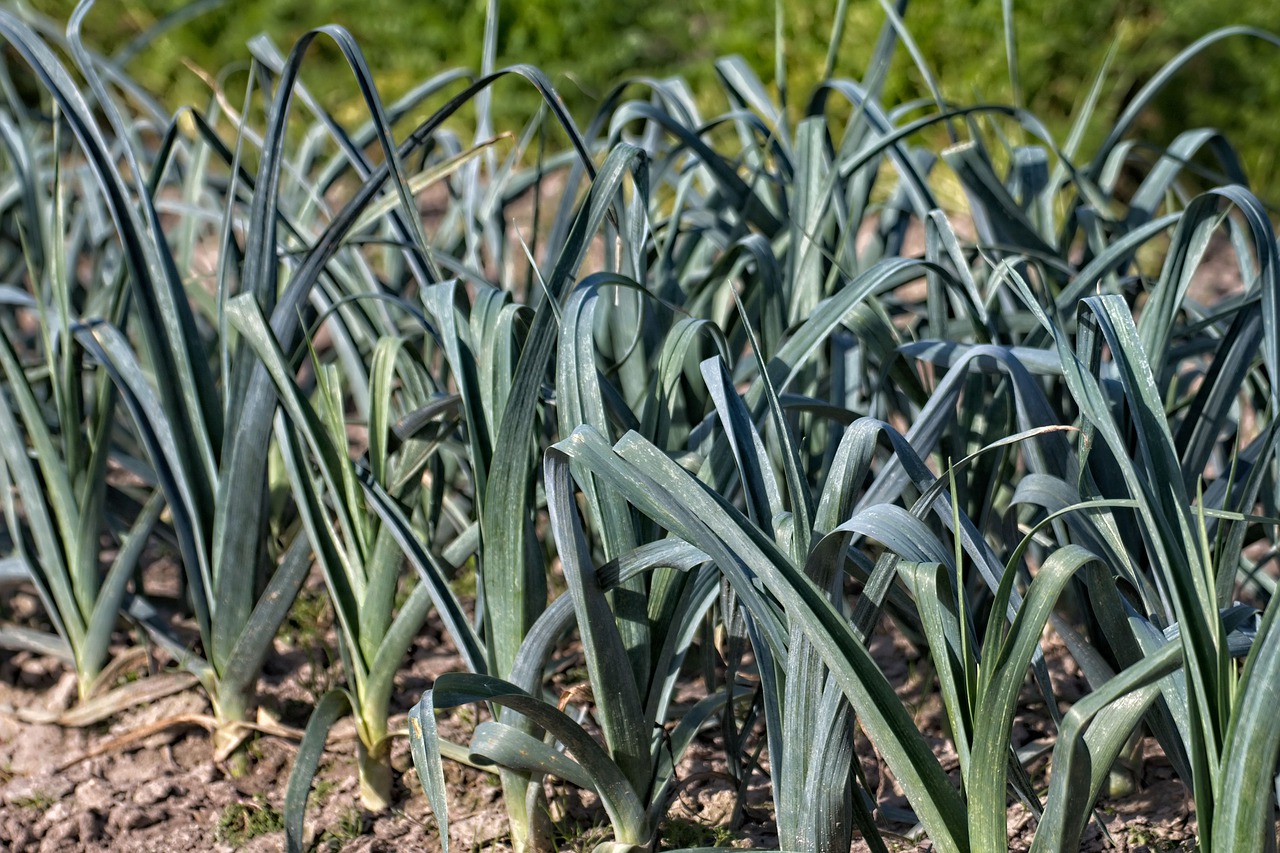
Sowing Leeks: Propagation or Direct Sowing
Direct sowing leeks is almost not worthwhile, especially for inexperienced gardeners. When young, the thin leek foliage is very sensitive and is immediately exposed to the weather and predators when direct sown. In addition, the soil must be very fine-crumbled and humus-rich so that the leek can germinate undamaged. We therefore recommend growing leeks in pots. You can start growing summer and fall varieties between February and April. Winter leeks are pre-grown from April to May.
Sowing and Propagating Leeks: This Is How It Works
To do this, sow the leek seeds no deeper than 0.5 - 1 cm/0,2 - 0,4 in. If the seeds are too deep, the leek will not have enough strength to reach the surface. However, if the seeds are too close to the surface, they will not germinate at all. You can either sow the seeds broadly in pots, but then you will have to prick out the leek plants later, or you can place two seeds in a pot with a diameter of 4 cm/1,6 in. Make sure to water the pots or pot plates from below so that the seeds are not washed deeper into the soil. You can also use a spray bottle to keep the top layer of soil moist. The growing pots should always be kept above 17 °C/62,6 °F so that no shoots develop. This means the leek will go into flower too quickly. After about six to nine weeks, the young plants should be about as thick as a pencil. Now is the time to plant out the leeks.
Planting Leeks: That’s How It Works
Leeks can be planted outdoors from April. Leeks can be planted both in rows and individually in the bed. You can plant the leek seedlings in rows 20 - 30 cm/7,9 - 11,8 in apart and 15 cm/5,9 in apart within the rows. The best way to do this is to make a furrow in the soil and add some mature compost. If possible, sieve the compost so that it also develops a fine structure. Then push the finely crumbled soil towards the leek seedlings to give them a firm hold. As a single plant, you should leave a distance of approx. 30 cm/11,8 in around the leek from other plants.
Tip: You can also plant leeks in your raised bed or raised bed, where the soil is usually nice and loose and rich in humus!
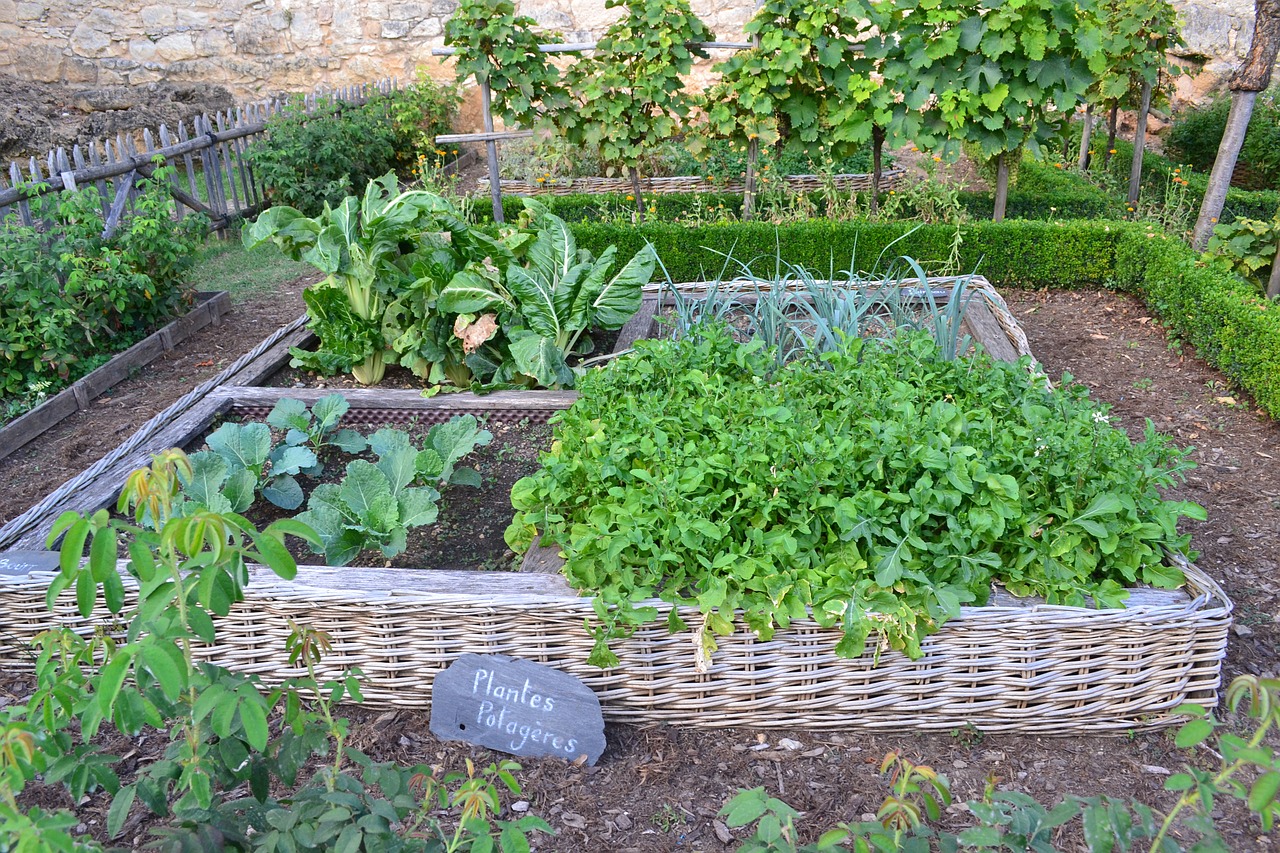
Good and Bad Companion Plants
- Good companion plants: lettuce, cabbage, kohlrabi, parsnip, lamb's lettuce, celery, rocket, carrots, tomatoes, strawberries, chamomile, oregano, salsify
- Bad companion plants: beetroot, pea, onion, bean, lovage, chives
Fertilize and Care for Leeks Correctly
As leeks are hungry, heavy feeders, they should be provided with sufficient nutrients. The bed can therefore be prepared with compost in the fall. To do this, spread a layer of compost about 2.5 cm/1 in thick on your bed once a year. However, if the soil is poor or low in humus, you should apply more compost (up to 15 cm/5,9 in thick). Green manure with phacelia and lupins can also help to loosen the soil. If necessary and if there are any signs of deficiency, you can fertilize the leek with a little comfrey or nettle manure. You can also mound up the leek plants with soil to just below the leaf axils. This will make the shafts nice and white and strong. Mounding also protects against frost. If you would also like to protect your leeks from predators, rain and hail, a crop protection net can help.
Harvesting Leeks Correctly
Winter leeks from last season can still be harvested into May. Summer leeks are already ripe again from mid-July. This means that leeks are in season almost all year round. The best way to harvest leeks is to use a digging fork to loosen the soil around the leek. The leek can then be easily pulled out of the ground. You can put the roots and upper parts of the plant in your compost.
Our tip: Summer leeks can even be harvested twice! However, you must not dig up the leek for the first harvest, but cut it off near the ground. Then pile up the remaining stem a little and water it. After a few weeks, a second, narrower leek stem should have grown back. You may already know the principle from regrowing.
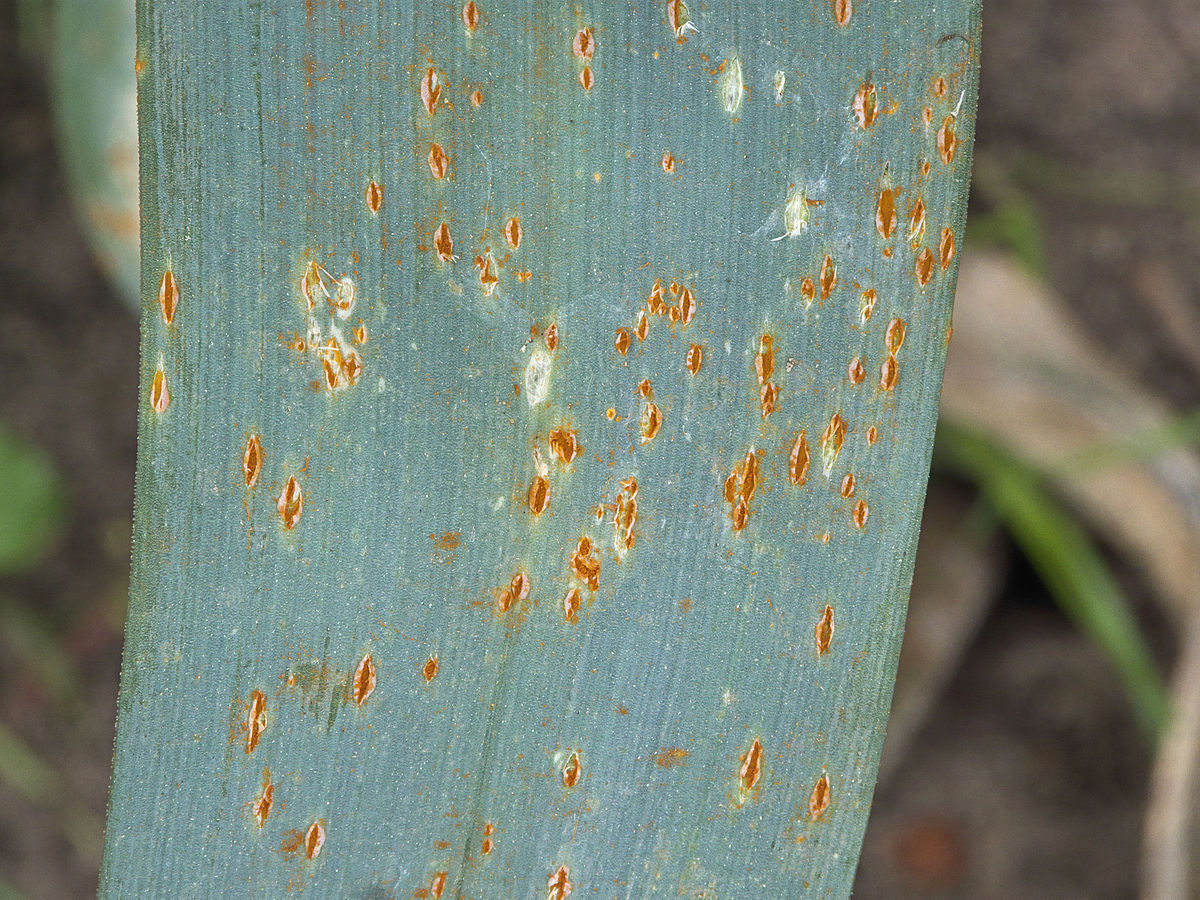
Diseases of Leeks
Pore Rust (Puccinia Allii)
One of the most common diseases affecting leeks is leek rust. This causes orange-colored pustules to appear on the leaves, which contain the spores of the fungal disease. The good news is that the rust fungus only affects leeks and cannot be transferred to onions or chives. The bad news: if your leeks are affected, you should pull out all infected plants and dispose of them in the bin (not in the compost!). You should also keep a close eye on the remaining leek plants over the next few weeks so that you can sort them out early enough.
Leek Moth (Acrolepiopsis Assectella) and Leek Leaf Miner (Napomyza Gymnostoma)
Both pests eat small tunnels into the leek stems. The eggs are laid in the leek plants. In addition, light brown spots can be seen on the stalks as a result of the feeding. The heart leaves of the plant often die. Prevention helps here. Close-meshed crop protection nets prevent the flying insects from reaching the plants in the first place. These should be stretched over the leek plants throughout the spring and summer. In addition, a mixed crop with carrots, tomatoes, celery, dill or parsley effectively keeps both pests away. Leaves that are already infested should be cut off and disposed of in the bin. If your leek is already infested, treating it with neem oil can also help against the pests.
Money Trail Virus
As the name suggests, you can recognize this virus by the yellow stripes on the leaves. There is not much you can do about virus diseases, but you should dispose of infected plants in the trash in good time.
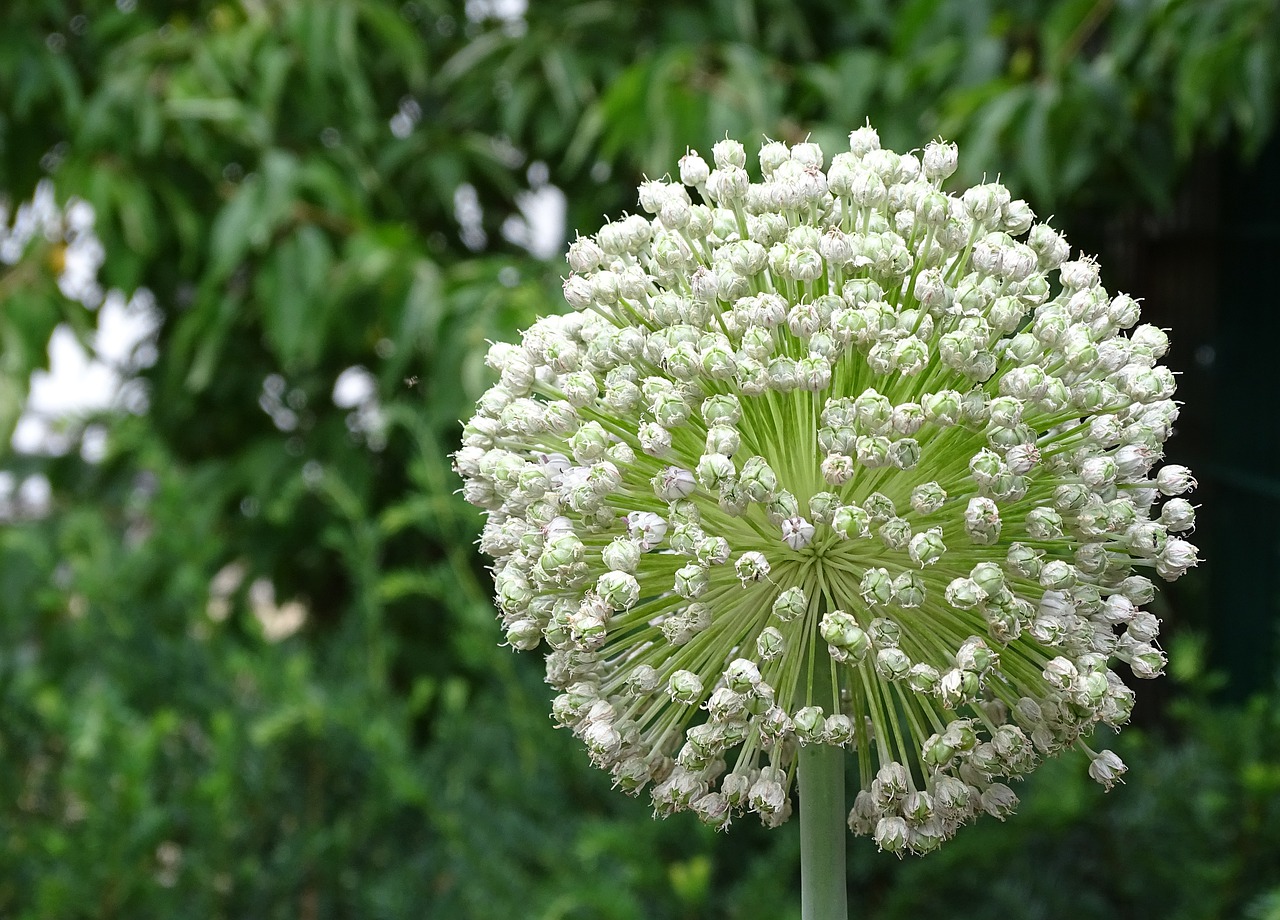
Propagating Leeks: Obtaining Your Own Seeds
If you want to obtain seeds from your leeks, you must leave your plant(s) standing over the winter. Summer leek plants often do not survive the winter, which is why you should try winter varieties first. The biennial plant will then form an inflorescence the following summer. You can remove the black leek seeds from this with a rolling pin and allow them to dry. Leek seeds can only germinate for about two years. As the leek plants are always crossed with other plants to achieve genetic diversity, you will of course need more than one plant. To obtain sufficient genetic variation, it is recommended that at least 20 different leek plants are needed. Don't worry, this is not really possible in the home garden. You should just know that you should not propagate with just a few plants over several years, as this can lead to inbreeding and the associated diseases and susceptibilities. As leeks are pollinated by insects, cross-breeding with other leek varieties or wild leeks can occur. Onions, cut onions and garlic do not pose a risk of cross-breeding. So if you want to obtain a pure variety of leek, there should be no other leek variety within one kilometer. Natural barriers such as walls or hedges reduce the radius to 400 m/437 yd.
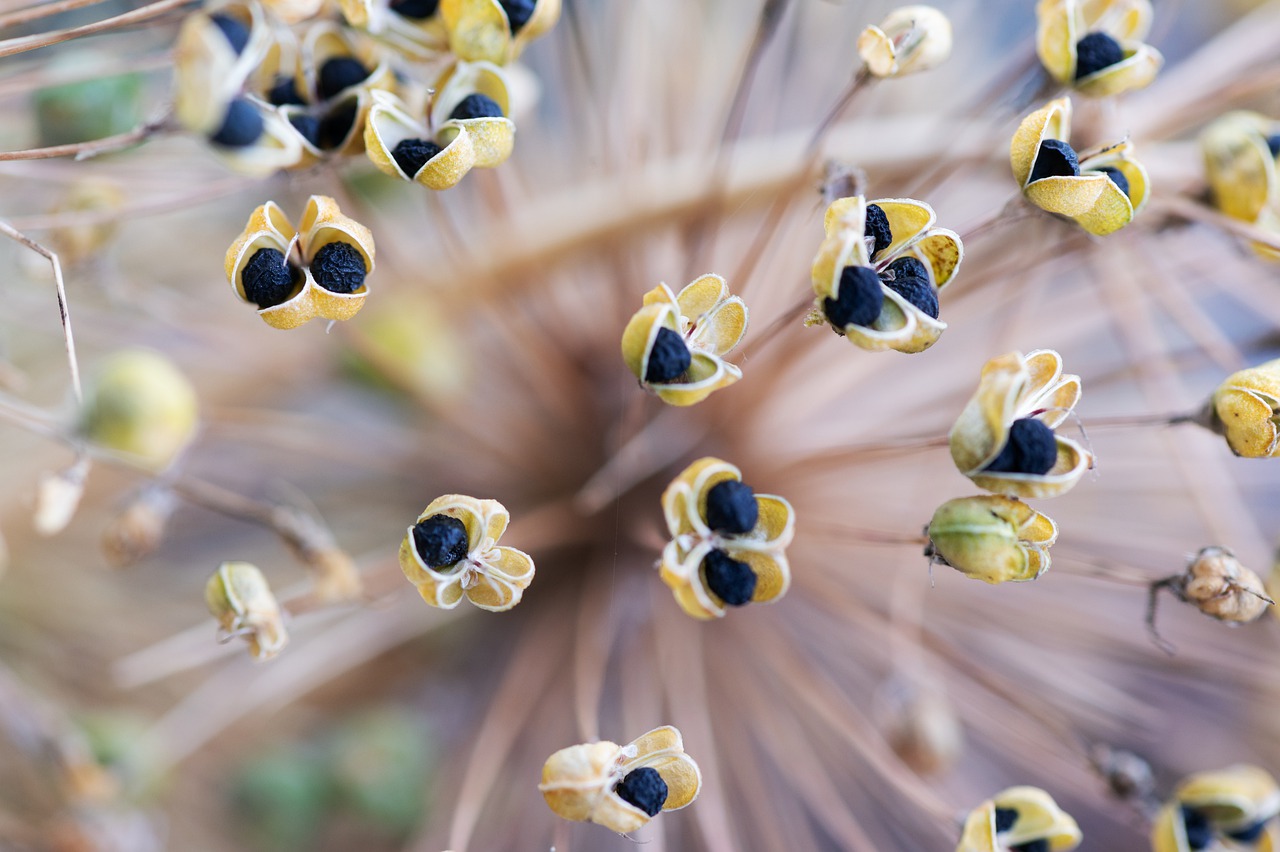
Excursus: Professional seed producers stretch mosquito nets over the varieties. Boxes with pollinator insects are placed under the nets. In this way, the varieties are artificially separated from each other and seed production is possible in one field.
What experiences have you had with growing leeks? Share them with us on social media or at magazin@fryd.app. To make sure you don't miss any more articles, follow us on Instagram and Facebook or sign up directly for our newsletter.
Want to get helpful gardening tips all year round and plan your own beds in the best possible way? Then register here or download the Fryd app for Android or iOS.
Fryd - Your digital bed planner
Cover picture by Devon Breen on Pixabay
Source: Charles Dowding, #No Dig, 2023, Munich: Dorling Kindersley Verlag GmbH, Work instructions and descriptions
Isabell
Current Topics in the Community

#red , #tuesday

Liked 1 times
#testpostcount

Dec 2025
Popular Articles

Companion Plants for Carrots: What (Not) to Plant With Carrots

Companion Plants for Celery : What (Not) to Plant With Celery?

Strawberry Types: List of Best Strawberry Varieties

Companion Planting With Strawberries: Companion Plants and Planting Plan

Basil Varieties & Types at a Glance

What to Plant With Cabbage: Good and Bad Companion Plants

Fertilizing Strawberries: Home Remedies & Natural Fertilizers at a Glance

Growing Sweet Potatoes: Tips on Cultivation & Companion Plants

Companion Plants for Kitchen Herbs: Chives, Parsley & Co

What Herbs Can Be Planted Together?
FAQ
It depends on whether your variety is a summer, fall or winter leek. You can sow summer and fall varieties between February and April. Winter leeks are sown in April and May.
When and how can I plant leeks?
Leeks can be planted outdoors from April. When planting out, observe the planting distance of 30 x 15 cm/11,8 x 5,9 in. Leeks are good companion plants in mixed cultivation. Its scent keeps many pests and diseases at bay.
Summer leeks are ready for harvest from mid-July. If you cut your summer leeks close to the ground, you can even harvest them twice. Winter leeks usually remain in the field until the new year and can be harvested until May.